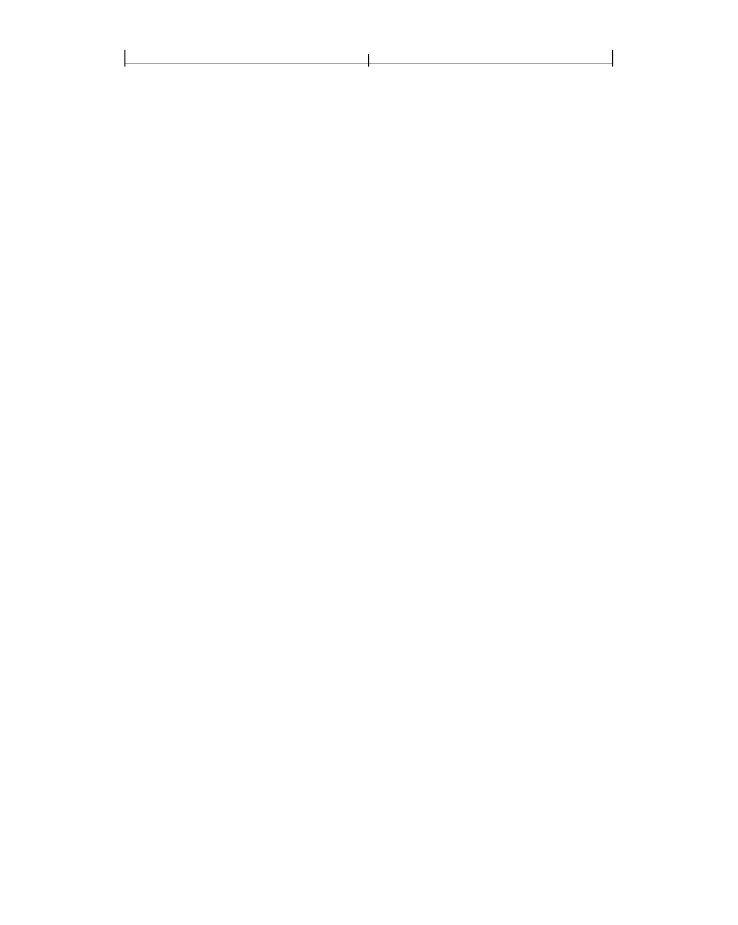
CHAPTER 7
530
Transparency
7.2.7 Summary of Basic Compositing Computations
Below is a summary of all the computations presented in this section. They are
given in an order such that no variable is used before it is computed; also, some of
the formulas have been rearranged to simplify them. See Tables 7.1, 7.4, and 7.5
above for the meanings of the variables used in these formulas.
Union
(
b
,
s
) =
1
–
[ (
1
–
b
) × (
1
–
s
) ]
=
b
+
s
–
(
b
×
s
)
f
s
=
f
j
×
f
m
×
f
k
q
s
=
q
j
×
q
m
×
q
k
·
f
r
=
Union
(
f
b
,
f
s
)
α
b
=
f
b
×
q
b
α
s
=
f
s
×
q
s
α
r
=
Union
(
α
b
,
α
s
)
q
r
= -----
f
r
α
r
α
s
⎛
α
s
⎞
C
r
=
⎜
1
– -----
⎟
×
C
b
+ -----
× [ (
1
–
α
b
) ×
C
s
+
α
b
×
B
(
C
b
,
C
s
)
]
α
r
⎝
α
r
⎠
7.3 Transparency Groups
A
transparency group
is a sequence of consecutive objects in a transparency stack
that are collected together and composited to produce a single color, shape, and
opacity at each point. The result is then treated as if it were a single object for sub-
sequent compositing operations. This facilitates creating independent pieces of
artwork, each composed of multiple objects, and then combining them, possibly
with additional transparency effects applied during the combination. Groups can
be nested within other groups to form a tree-structured group hierarchy.
The objects contained within a group are treated as a separate transparency stack
called the
group stack.
The objects in the stack are composited against some initial
backdrop (discussed later), producing a composite color, shape, and opacity for
the group as a whole. The result is an object whose shape is the union of the